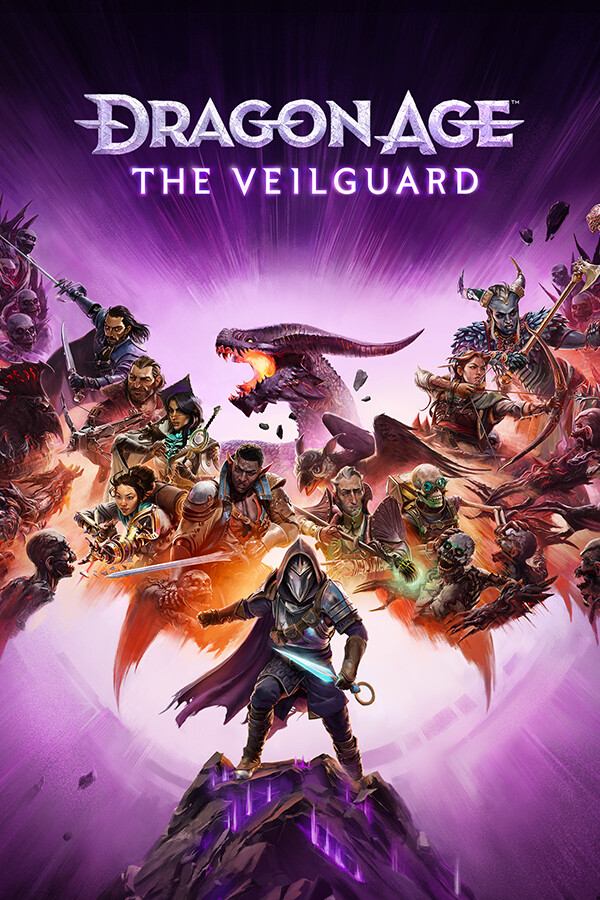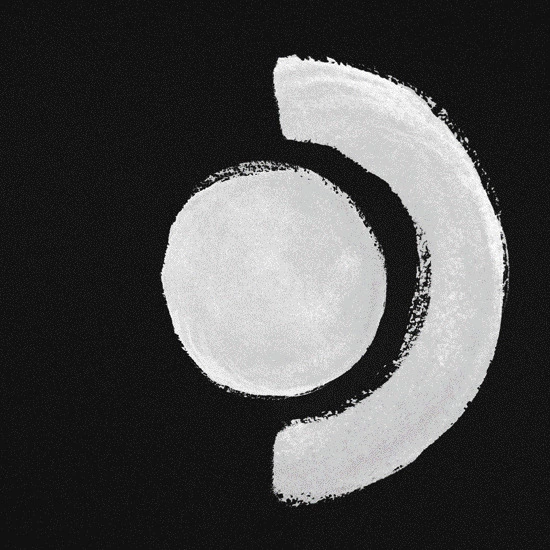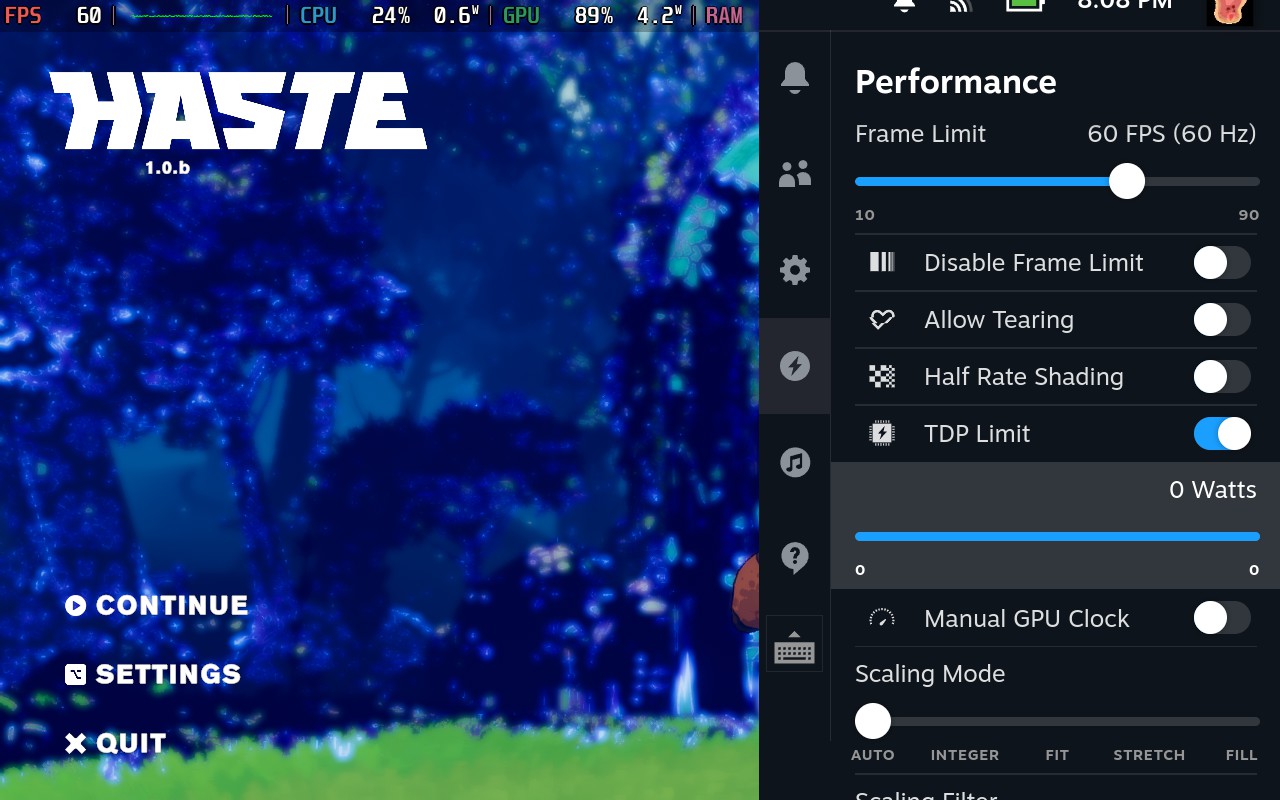If you haven't yet, follow us on X (Twitter), Mastodon, or Bluesky to know when we post new articles, and join our Reddit or Subscribe to us on YouTube to check out our content and interact with our awesome community. Thank you for supporting us!
CES 2025 may be over, but there is still much to unpack. For me, the biggest news was SteamOS coming to other handhelds, starting with Lenovo's Legion Go S, and Valve's own Pierre-Loup Griffais was there to help present it. As one of the developers in charge of SteamOS and one of the main public figures for the Steam Deck, there is a lot of insight he can offer into the process of development and how SteamOS came to the Legion Go S, and that's exactly what he did!
While at CES, Pierre participated in an interview with the French outlet Frandroid about SteamOS and the Steam Deck. They discussed the development of SteamOS, the OS coming to other devices, ergonomics, and why SteamOS isn't out just yet. They covered some interesting tidbits, and it answered a couple of burning questions I had regarding this new development. So, I wanted to take a moment to go over some interesting highlights I read from this interview.
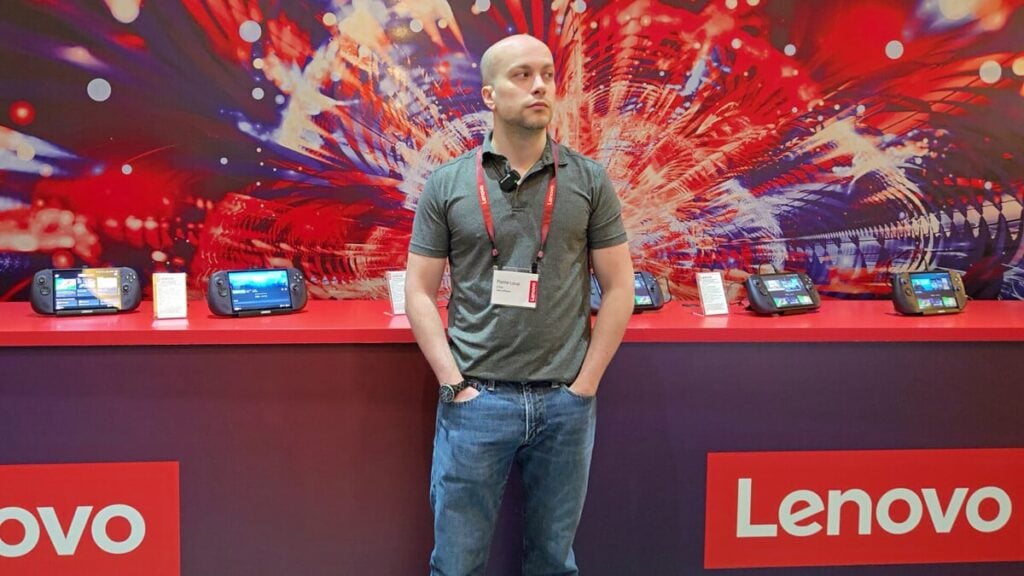
Before I go into the highlights, I recommend reading the entire interview on Frandroid. I won't go over the entire interview, but it is very interesting and worth reading.
SteamOS Has Been in Development For Over 12 Years
Not really new news here, but I still found it a bit mindblowing that SteamOS has been around for 12 years. It started development in 2012 and released in 2013, but never really gained the prominence it would have until the Steam Deck released with SteamOS 3.0. It's interesting to go back and remember how the OS started and how long it has been worked on.
Later on in the interview, Pierre mentions that there hasn't been a roadmap for SteamOS and that everything is incremental and progressive.
Why SteamOS Hasn't Been Released Publicly Yet
One of the burning questions I believe most people have had regarding SteamOS is why it hasn't been released publicly yet and what Valve is waiting for. For those using it, it does feel like a very solid, complete experience, and Valve has been updating it consistently, but there's more work to be done. While it feels solid on the Deck, it isn't supported well enough outside of it. Pierre notes that the OS works a bit better with Intel computers, but it needs a lot more work with NVIDIA due to the slower integration of open-source drivers.
Since the NVIDIA driver they are working on is open-source, much work has already been done for support, thanks to the community. Everyone is contributing to the same driver with the goal of getting Linux supported with NVIDIA cards, and Pierre remarks that it's a unique model that helps everyone.
Pierre also mentioned that since the Steam Deck launched with SteamOS 3, they didn't have a fleshed-out installer like they did with previous iterations of the OS. So, the installation process is basic and doesn't include easy ways to guide users through it. He mentions that this is just a matter of priorities.
Valve Isn't After OS Market Share
With SteamOS, Valve isn't looking to go after or replace Windows. If players prefer Windows, that isn't an issue. Each OS has different goals and priorities, so Valve is mostly trying to make SteamOS a solid experience. In my opinion, It sounds like they want to create a good alternative for those who are dissatisfied with Windows.
Lenovo Approached Valve For SteamOS
Something else I found relatively interesting is that Lenovo approached Valve when it came to incorporating SteamOS into their Legion Go S. The work that Valve is doing for SteamOS is aimed to benefit multiple platforms, chipsets, controllers, and more. Still, Lenovo came to Valve and wanted to improve the software experience.
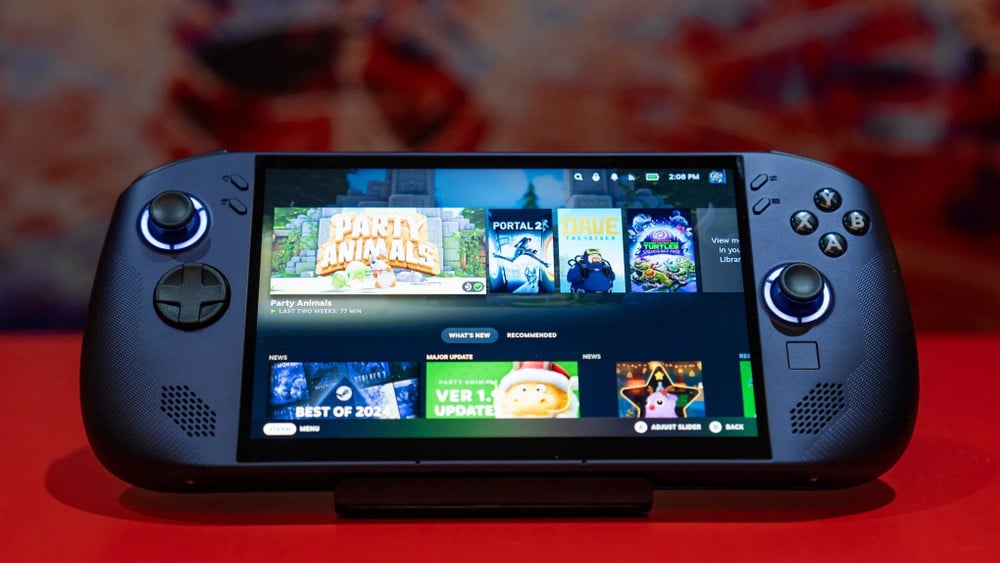
Valve and Lenovo Share Support For Maintaining
Regarding driver support, I tend to assume the manufacturer takes care of it, but it sounds like for SteamOS and their drivers, it will be a shared responsibility. Pierre mentioned that Valve takes care of a few different drivers, including the graphics driver, which they have chosen to keep responsibility of so they can quickly fix and optimize games without needing to go through an intermediary. However, the manufacturers will provide the firmware part and BIOS and distribute them by SteamOS.
Valve Isn't Interested In Inventing All Of The Tools
A lot of work goes into making the OS work, but it sounds like Valve isn't trying to create everything from the ground up. With their focus on open-source, Valve is also open to utilizing open-source projects that add features that meet their standards of performance and functionality. Pierre gave the example of using Input Plumber to manage the controller on the Legion Go S.
Later on, Pierre mentions that they invest money into projects they work on or with to support the community. He mentions that with common goals, they can all help each other, work on the projects full-time, and help develop the general OS to become viable for traditional computers, portable PCs, or other formats.
Steam Machines Aren't A Priority, But The Door Is Open
Pierre mentions that the team is currently focused on handhelds and that's where it will stay for now, but as their work continues, they will be looking into other platforms in a variety of different form factors. There isn't a priority for a Steam Machine, but the door is open to it making a return, whether it be internal or in collaboration with a manufacturer.
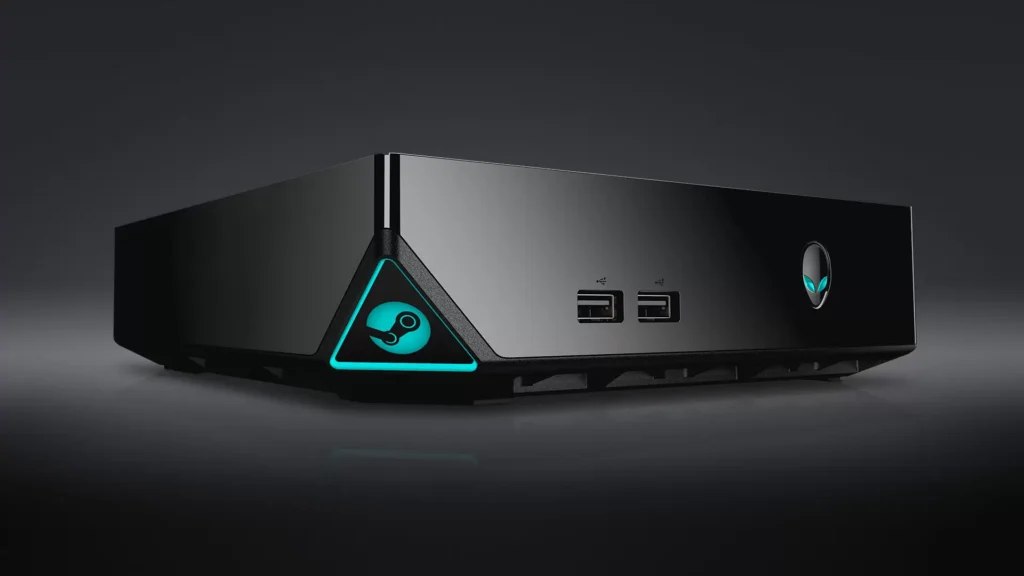
Valve On Anti-Cheat Issues With SteamOS
Recently, we have had many games enable anti-cheat that aren't compatible with SteamOS, making some games unplayable on the device. It's a worry a lot of us in the community have, especially after games like Apex Legends and GTA 5 stopped supporting the Steam Deck. Pierre offered his insights into the situation, which I want to quote here:
I think the anti-cheat problem is very different from our approach to compatibility [through Proton]. It's fundamentally something that requires constant support. So if developers can't provide that support because their SteamOS audience is limited, that's a pretty natural thing to do. It's not just that they forgot to check a box or something; they want to be able to respond to issues, so they need to have an infrastructure.
It's a dynamic that will flatten out over time. The games in question, like competitive shooters, etc., aren't the best on mobile anyway. If there are more and more users one day, developers might allocate more time to this medium.
Developers always prioritize user numbers. On our side, we try to put everything in place so that it is possible for them to develop the support they need, but the decision will come from them. I'm not too worried about it: I think things are underway so that it happens as it should.
Pierre-Loup Griffais - Frandroid CES 2025 Interview
While I do understand the response completely, and why some developers/publishers may not see supporting Linux/SteamOS is viable based on the user numbers, it's still a little sad. Hopefully, we will see a shift in the future as Valve continues to flesh SteamOS and Proton out, and more people adopt handhelds like the Steam Deck.
And those were the highlights I found most interesting from the interview! There are more points in the interview that I didn't cover here, so I recommend checking out the full article over on Frandroid. I am extremely excited for the future of the Steam Deck and SteamOS, and can't wait to see what Valve is cooking up.
If you enjoyed this article, check out the rest of the content on SteamDeckHQ! We have a wide variety of game reviews and news that will help your gaming experience. Whether you're looking for news, tips and tutorials, game settings and reviews, or just want to stay up-to-date on the latest trends, we've got you covered!




